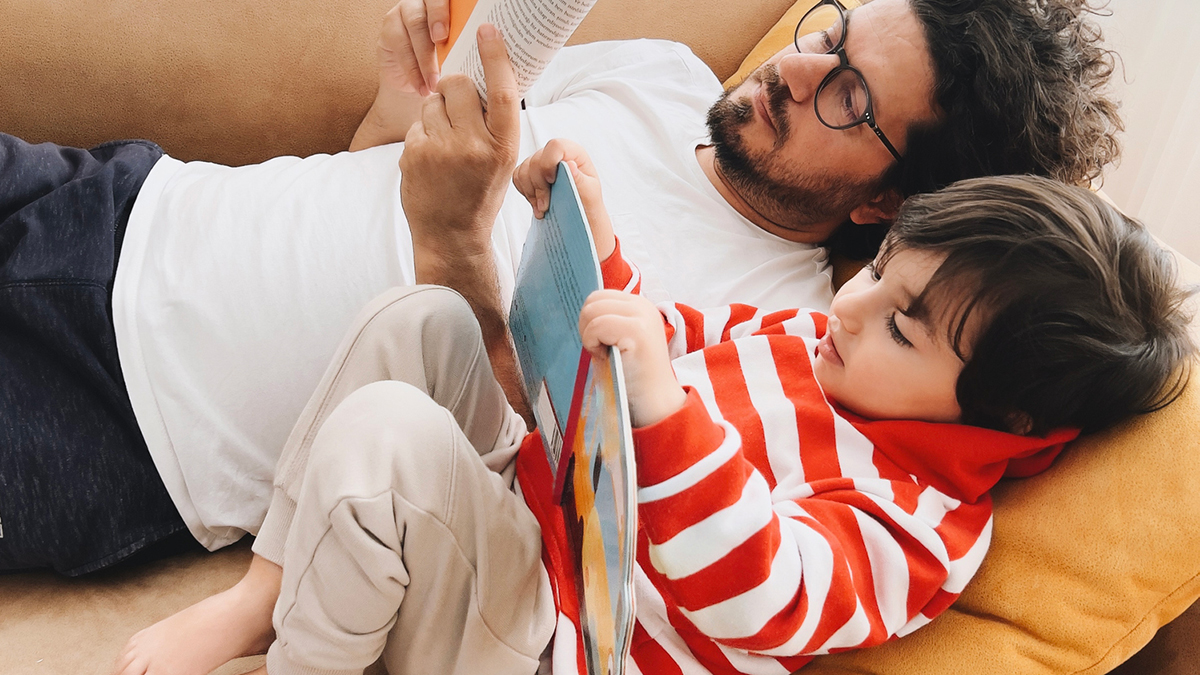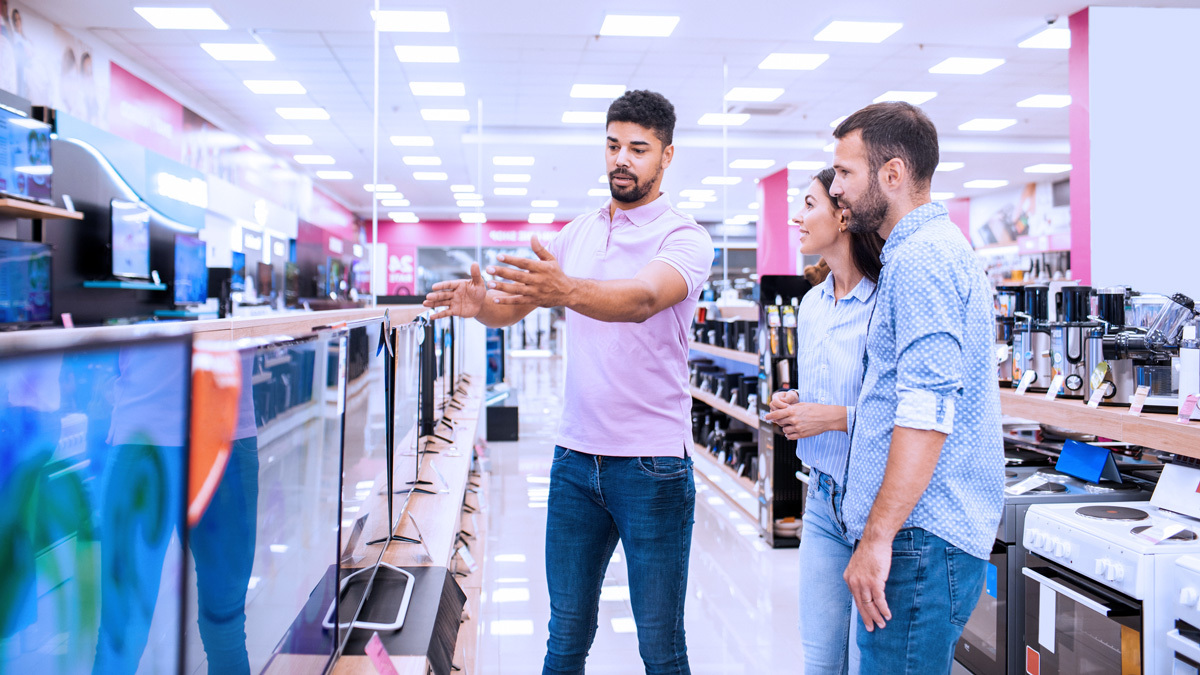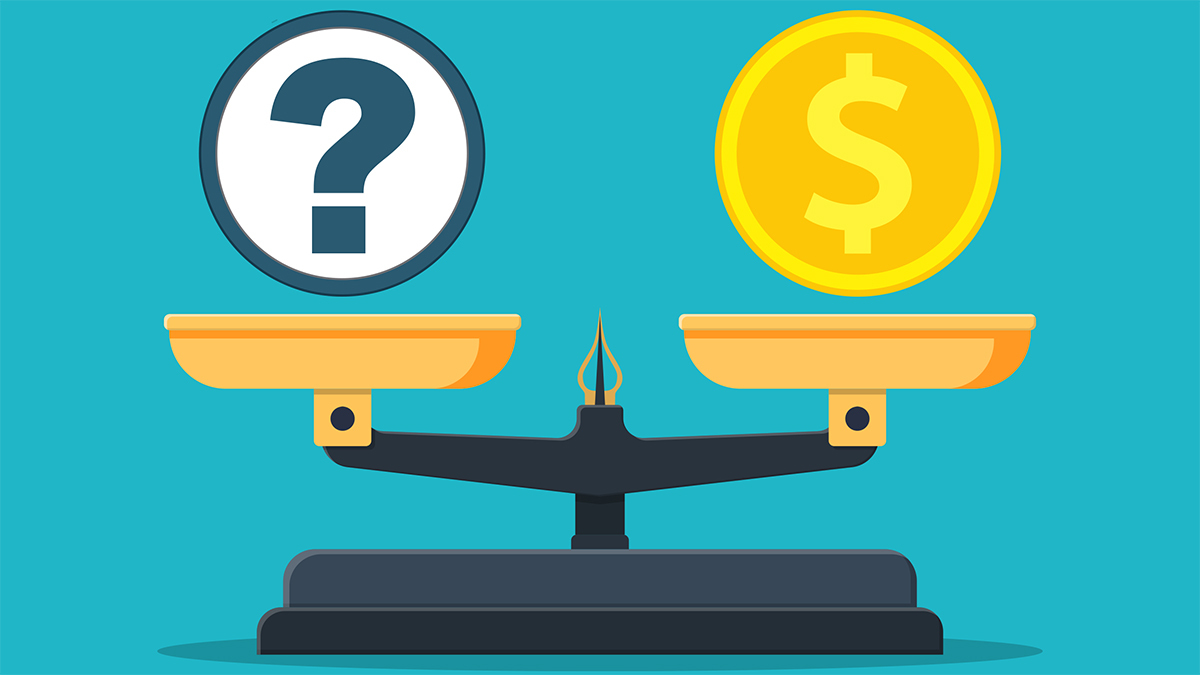Get our independent lab tests, expert reviews and honest advice.
How coronavirus support payments work
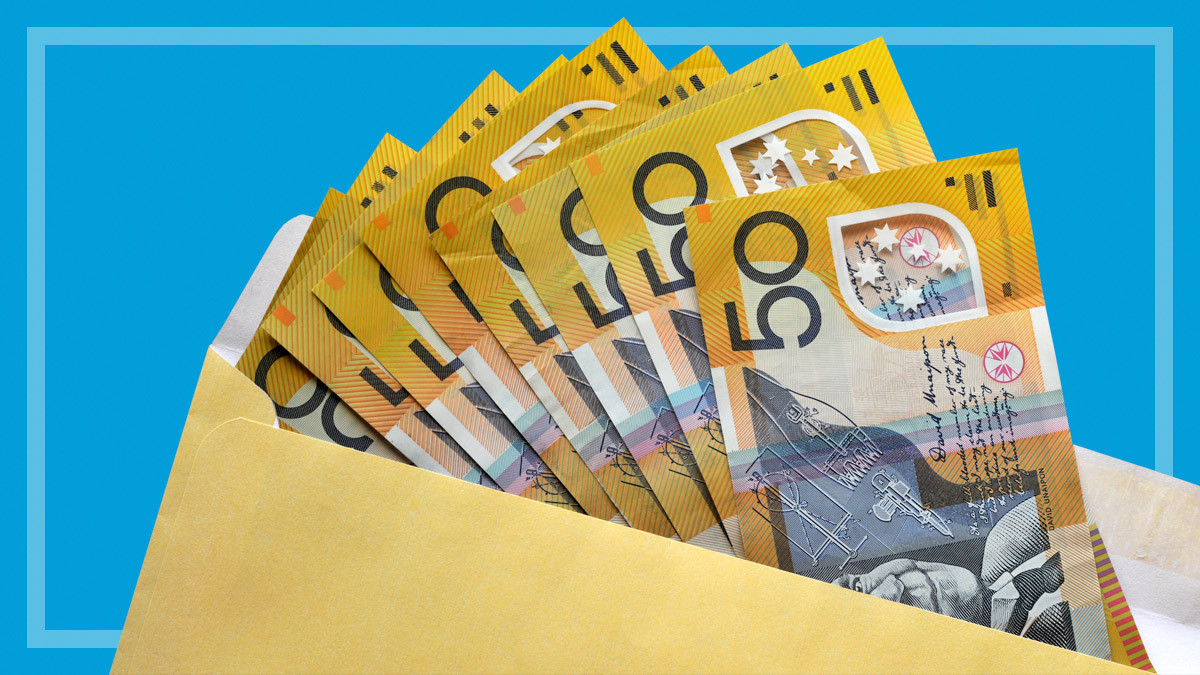
Need to know
- The federal government has passed bills releasing $84 billion in financial support to help people get through the economic fallout from coronavirus (COVID-19)
- The bills are designed to help people who are already on low incomes, as well as people with reduced or lost income due to the virus
- Income support payments will begin on 27 April and one-off payments will happen from the end of March
The economic fallout from coronavirus (COVID-19) is spreading.
In response, the federal government has passed bills releasing a total of $84 billion in financial support to help people get through the shutdown.
The government will give financial assistance to individuals and businesses, including payments of $550 every two weeks for Australians who earn less than $1075 a fortnight.
But getting access to the payments hasn’t been easy. New welfare applicants have been weathering myGov website crashes as well as long queues over the phone and outside Centrelink offices.
Payments could take time
Despite the rushed passing of the bills, income support payments won’t begin until 27 April, although one-off payments will happen from the end of March.
The bills have been designed to help people who are already on low incomes and people with reduced or lost income due to COVID-19. These include people who are losing their jobs and people who are caring for someone affected by the virus.
So how do the payments work – and who is covered?
Ongoing support
Over a period of six months starting 27 April, a new coronavirus supplement of $550 will be automatically paid every two weeks to existing and new recipients of:
- JobSeeker Payment
- Youth Allowance, Austudy and Abstudy
- Parenting Payment
- Partner Allowance
- Sickness Allowance
- Farm Household Allowance
Eligibility for these income support payments will be expanded for the six-month period that the COVID-19 supplement is available.
Permanent employees who lose their jobs, as well as sole traders, self-employed people, casual and contract workers whose income drops to less than $1075 a fortnight, can apply for Jobseeker Payment and Youth Allowance.
With a view to speeding up new applications, the government is temporarily waiving the following means tests and waiting periods:
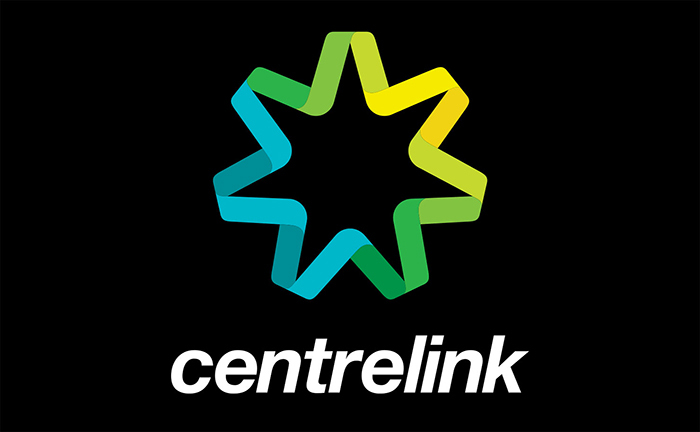
- Asset testing for JobSeeker Payment, Youth Allowance and Parenting Payment
- The one week Ordinary Waiting Period
- Liquid Asset test Waiting Period
- Seasonal Work Preclusion Period
- Newly Arrived Residents Waiting Period
The government is encouraging new applicants to claim online or, for people without internet access, by phone.
But with both the myGov website and Services Australia hotline overloaded, people have been flocking to Centrelink offices in person in their bid to get financial help.
The government says it plans to hire an extra 5000 staff for Services Australia to meet demand. We asked the Minister for Government Services, Stuart Robert, when the new hires will happen, when applicants can expect Centrelink’s systems to catch up with demand, and what the government is doing in response to the influx of people trying to use its services.
Services Australia is continuing to bolster myGov’s capacity to help more people claim
Services Australia
We received an emailed response attributed to Services Australia saying the agency is hiring staff “as quickly as they can”, with some new staff in training to start from Monday. “Services Australia is continuing to bolster myGov’s capacity to help more people claim… online,” the statement says. “This has been increased from 40,000 concurrent users to 150,000 concurrent users.”
Applicants can’t get employer entitlements – such as annual leave or sick leave – or income protection insurance at the same time as getting Jobseeker and Youth Allowance payments.
One-off payments
Two payments of $750 will be given to people living in Australia who:
- get social security income support
- get veteran income support
- are eligible concession card holders.
The payments will be tax-free and won’t affect Social Security, Farm Household Allowance and Veteran payments.
The first round of payments will be made automatically from 31 March and the second payment from 13 July. People who are eligible for the coronavirus supplement won’t get the second payment.
Early access to super
People affected by COVID-19 can access up to $10,000 of their superannuation until 30 June and a further $10,000 in the next financial year. They won’t need to pay tax on the amounts released. Centrelink or Veterans’ Affairs payments won’t be affected.
But the director of Super Consumers Australia, Xavier O’Halloran, says people should draw on their superannuation only as a last resort because pulling out $20,000 would have a big impact on their retirement. By Super Consumers’ calculations, a 30-year-old withdrawing $20,000 from their superannuation today would have $50,000 less (in today’s dollars) when they retire.
You have to be certain that pulling out of super is the best solution … You could miss out in the long run
Xavier O'Halloran, director of Super Consumers Australia
“History has taught us that markets eventually bounce back from these kinds of challenges,” O’Halloran says. “You have to be certain that pulling out super is the best solution because cashing out now could see you miss out in the long run.”
Government promises more help
The federal parliament has shut down until August, but that doesn’t spell an end to further assistance, the government says.
At his press conference on Sunday, Prime Minister Scott Morrison said there will be more packages and more support for people who are financially affected by COVID-19.
New legislation also gives Social Services Minister Anne Ruston the power to make changes to the stimulus payments, including rates and eligibility requirements.

